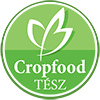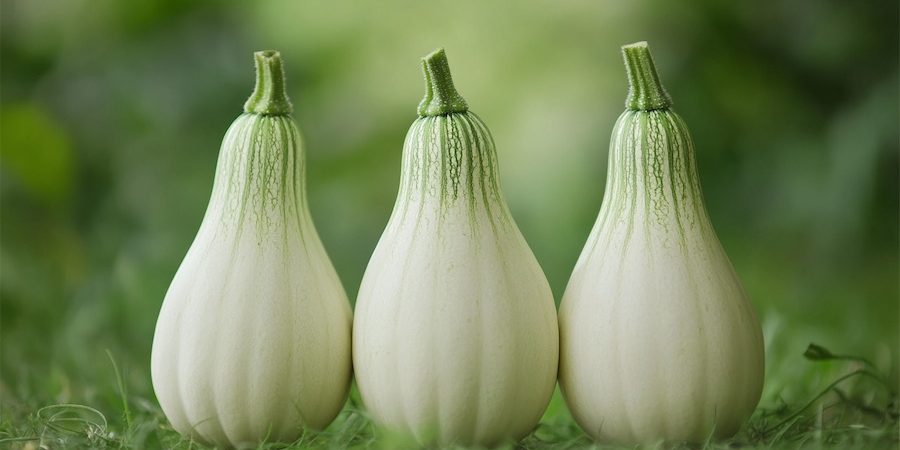With the support of our stable Hungarian producer base, this vegetable is always available in high quality in our wholesale assortment – ask us for an offer!
The cooking pumpkin (or Cucurbita pepo squash) is a popular vegetable, which in Hungary is mainly consumed as a staple in traditional summer dishes. The plant, which belongs to the pumpkin family, originated in Central America, from where it was introduced to Europe in the 16th century and quickly spread to our continent. Its popularity is largely due to its ease of cultivation and versatility in the kitchen. It is low in calories, rich in dietary fibre, vitamins (especially vitamins C and B) and minerals such as potassium, magnesium and iron. It also has immune-boosting and anti-inflammatory properties, in addition to aiding digestion.
In Europe, the cultivation of cooking pumpkins is widespread, but Hungary, Italy, France and Spain are the main producing countries. In Hungary, there is a long tradition of cultivation, with home-grown cooking pumpkins generally being found in markets and shops.
Specificities of the production of cooking cucumbers
The cooking pumpkin season usually lasts from early summer to mid-autumn. In Hungary, it is typically grown in the open air, while greenhouse cultivation is less common. Hungary is the largest producer in Europe, so from June to September it is almost exclusively domestic, while from late October to March and April it is mostly imported, mainly from Mediterranean countries such as Italy and Spain.
How to choose a good quality cooking pumpkin?
When choosing a good quality cooking pumpkin, look for the following characteristics:
- The colour should be light green or pale white.
- The surface should be free of damage, stains and cracks.
- The consistency should be firm, but not too stiff; with a light pressure of the finger, it should give a little.
- Avoid specimens that are too soft or overripe, as they may be tasteless or bitter.
How do we use cooking squash in the kitchen?
One of the best known uses of pumpkin is the classic pumpkin stew, flavoured with sour cream and dill. It is also an excellent base for soups, casseroles, stews or even salads. It pairs very well with fresh herbs such as dill, parsley, tarragon, basil and goes well with dairy products such as sour cream, cream or yoghurt.
How to store the cooking pumpkin after purchase?
- Store in a cool place, preferably in the vegetable compartment of the refrigerator.
- Avoid wet storage, do not pack in plastic bags, as it easily moulds.
- It stays fresh for up to 7-10 days in its whole state, but must be used soon after cutting.
Interesting facts about the cooking pumpkin
- Pumpkin is one of the earliest cultivated plants, with a history dating back thousands of years.
- Although it is mainly consumed unripe in Europe, in other continents, such as North America, it is often used as a ripe pumpkin, baked or in sweet pastries.
- In the old days in Hungary, the skin of the cooking pumpkin was often dried and then used to make various utensils and vessels.
Tips for using pumpkins in the kitchen
- If you want to make a lighter, more dietary meal, you can thicken the pumpkin soup with yoghurt instead of whisking.
- Try it thinly sliced, grilled and seasoned with olive oil, lemon and garlic.
- It can also be made into a refreshing summer cream soup, flavoured with a little cream and dill, and eaten cold.
- Cooking pumpkin is an ideal ingredient for vegetable pasta dishes, easily combined with tomatoes, peppers and courgettes.


